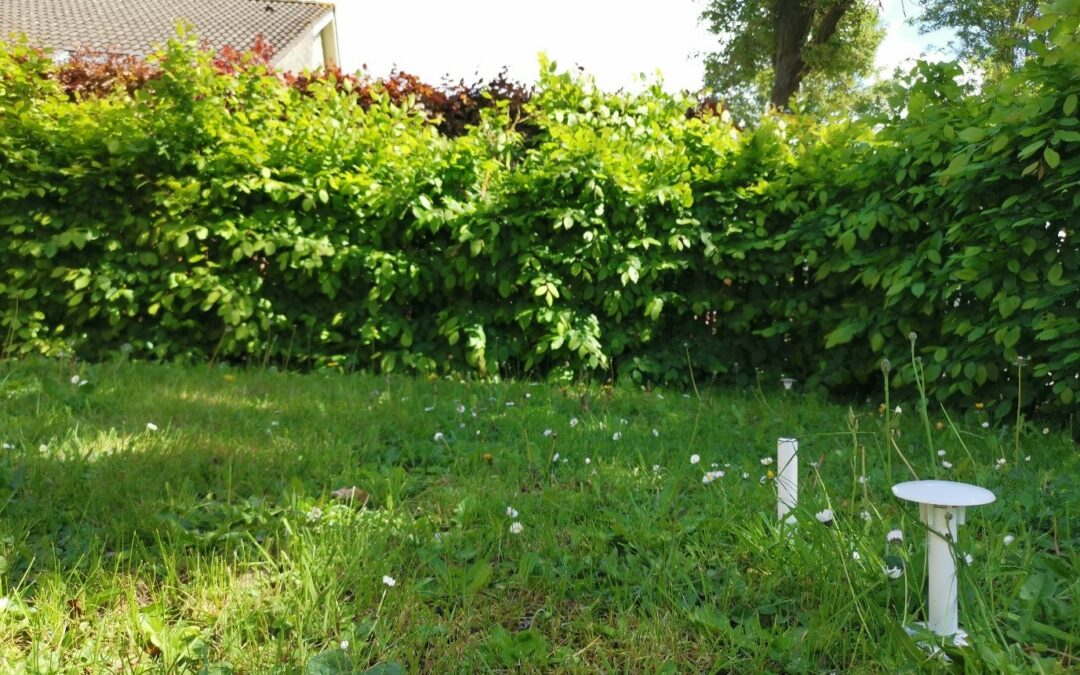Ecologists from the University of Antwerp are leading the search for correct climate predictions to tackle the biodiversity crisis. They argue in the journal Science that our climate predictions do not take into account local changes in land use, and set up a new climate database to tackle this problem.
Artificial temperatures
Weather stations serve well to monitor our daily weather and the changes in our climate. However, such data are much less relevant for nature. That’s what an international team of scientists led by University of Antwerp researcher Jonas Lembrechts writes. What is even worse: the predicted warming of our nature itself could also be very different from what the climate models predict.
The problem is simple, Lembrechts explains: “Weather stations measure the temperature at 1.5 to 2 meters above the ground, in well-ventilated rooms, above a neatly mown lawn. However, this is a very artificial situation, resulting in temperatures quite distinct from those that nature itself experience”. Most animals and plants (insects, soil organisms, herbs, small mammals…) indeed spend a large part of their lives much closer to the ground, where temperatures can vary from a few to even dozens of degrees from that weather station temperature. You can experience this so-called ‘microclimate’ yourself when you put your hand on the hot beach sand on a summer day, or on a cool bed of moss in the forest.

Faster warming
These big differences that we feel on the beach and in the forest over the years accumulate into a long-term climate that is on average several degrees warmer or cooler respectively than what a weather station indicates. Lembrechts and colleague Ivan Nijs argue this week in Science that these differences are already crucial to understanding nature in the present, but that climate change is making them all the more crucial. Lembrechts: ‘A predicted increase in temperature of 2 °C could feel completely different on the forest floor, especially if mankind interferes’. For example, another study in the same edition of Science, led by Florian Zellweger, reports that the climate on the forest floor in forests with more intensive logging has warmed up much faster than average in recent decades, with major consequences for the future of forest biodiversity.
Ecologists have been aware of this problem for
a while, but no good solution had been found yet. Until now. Researchers from
all over the world – Lembrechts and colleagues already united scientists from
more than 50 countries – are joining forces to finally obtain climate data that
can also be used to tackle the biodiversity crisis. They have now set up
‘SoilTemp’, a database of climate data that is relevant for nature itself. By
using temperature measurements there where it matters, they can gain insight
into how strongly that microclimate can deviate from the measurements in the
weather station in ecosystems across the globe. In doing so, they hope to
answer the ultimate question: how large is the impact of climate change on our
biodiversity?
More information?
Jonas Lembrechts – www.the3dlab.org
Publications
J. Lembrechts and I. Nijs, Microclimate change in a dynamic world. Science, (2020).
F. Zellweger et al., Forest microclimate dynamics drive plant responses to warming. Science, (2020).
J. Lembrechts et al., SoilTemp: call for data for a global database of near-surface temperatures. Global change biology, (2020).

